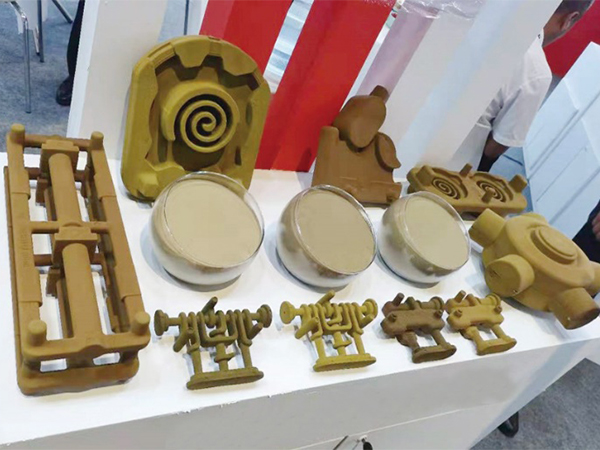What is Resin Coated Sand?
Resin coated sand is a type of industrial sand that has been coated with a thermosetting resin to enhance its physical and chemical properties. This innovative material finds extensive applications in foundry processes, especially in the casting industry, where it plays a crucial role in producing high-quality metal components. Understanding resin coated sand involves exploring its composition, production process, benefits, and applications.
Composition and Production Process
The primary ingredient of resin coated sand is silica sand, which is chosen for its superior strength and heat resistance. During the production process, this sand is mixed with a resin, typically phenolic or furan resin, along with a catalyst that facilitates the curing process. The mixing of sand and resin occurs in a controlled environment to ensure an even coating.
After the mixing process, the sand is subjected to a curing phase, where it is heated to activate the resin, causing it to harden and bond the sand grains together. This curing process is critical because it determines the integrity and durability of the final product. The result is a sturdy and resilient type of sand that exhibits improved dimensional accuracy and surface finish when used in metal casting applications.
Benefits of Resin Coated Sand
1. High Strength and Resilience One of the standout features of resin coated sand is its high compressive strength. The addition of resin significantly enhances the sand’s ability to withstand the high temperatures and pressures associated with the pouring of molten metal during casting.
2. Improved Surface Finish The smooth coating of resin provides a finer surface finish on the cast components. This is vital in industries where aesthetic appeal and precision are paramount, such as automotive and aerospace manufacturing.
3. Reduced Gas Emissions Traditional sand casting processes can produce unwanted gases, leading to defects in the castings. Resin coated sand, on the other hand, generates fewer gases during casting, minimizing the risk of defects and ensuring higher quality outputs.
what is resin coated sand

4. Versatility Resin coated sand can be tailored to meet the specific requirements of different casting processes. This versatility makes it an ideal choice for a wide range of applications across various industries, from heavy machinery to intricate jewelry.
5. Environmentally Friendly Modern resin coated sands are designed with eco-friendliness in mind. Many manufacturers are now producing resins that are less harmful to the environment, contributing to sustainable practices in the foundry industry.
Applications of Resin Coated Sand
The applications of resin coated sand are broad and varied. The most significant usage is in the foundry industry for metal casting. It is particularly adept at precision casting, making it the material of choice for producing complex geometries and intricate designs.
In addition to foundry applications, resin coated sand is also utilized in the production of investment casting patterns, shell molds, and core making. Its high strength and fine surface finish make it suitable for producing turbine blades and other precision components in the aerospace industry.
Moreover, the oil and gas sector employs resin coated sand as proppants in hydraulic fracturing processes, where it helps to keep fractures open, thereby enhancing the extraction of natural resources.
Conclusion
Resin coated sand represents a significant advancement in casting technology, offering numerous benefits over traditional sand types. From its enhanced strength and improved surface finish to its versatility in applications across various industries, resin coated sand is an essential material in modern manufacturing processes. As industries continue to innovate and seek ways to improve efficiency and quality, the demand for resin coated sand is likely to grow, solidifying its place as a cornerstone of the foundry industry. By investing in resin coated sand, manufacturers can achieve significant improvements in their production processes, ultimately leading to better products and higher profitability.
Post time:کانونی یەکەم . 21, 2024 11:04
Next:can you sand a 3d print
